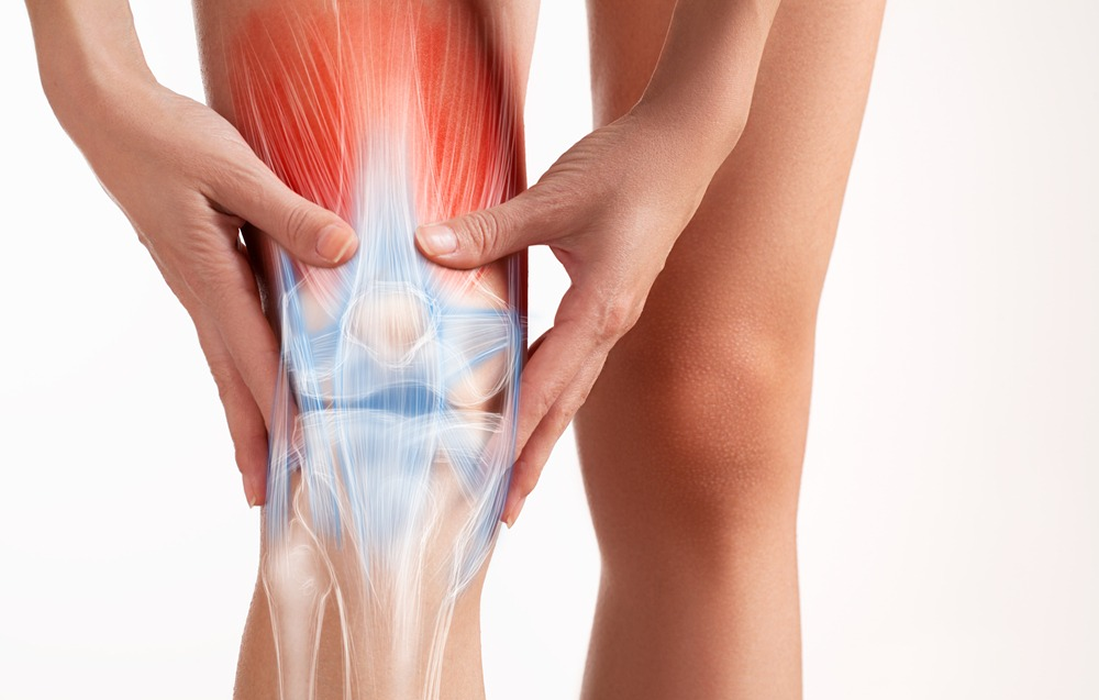Stem Cell Therapy for Specific Conditions
Mesenchymal Stem Cells for the Treatment of Tendon and Ligament Injuries
Professional and recreational sport practice is increasing but unfortunately so is the rate of sports injuries as mentioned in many epidemiological studies. Aside from medical consequences, the economic burden related to costs of conservative treatment, surgery and rehabilitation is very high.
Sport injuries, most of the time affect muscles, tendons, ligaments, cartilage and bones and range from very mild to severe, prompting different therapeutic approaches. Overuse is the most common cause of sport injuries and half of those injuries affect tendon, tendon sheath and tendon insertion to the bone. The number of ligament injuries, particularly anterior cruciate ligament (ACL) is increasing.
Standard treatment options include rest, ice, compression, elevation, short course of pain modulators and anti-inflammatory medications that provide relief of symptoms without complete healing. It is known that poor vascular supply of tendons and ligaments slows down the healing process and extends the time of recovery. An injured player wants to return to sport as soon as possible because prolonged rest has a detrimental effect on the body.
The concept of regenerative medicine attracts the attention of researchers and clinicians offering a promising potential to regenerate the damaged tissue rather than to alleviate symptoms. One of the more promising therapies is the use of stem cells.
Stem cells are undifferentiated cells with potential to differentiate under certain conditions into other types of cells. This allows them to regenerate damaged parts of the body and eventually to restore impaired functions.
Mesenchymal stem cells (MSCs) have self renewal and differentiation potential. They are able to differentiate into mesodermal lineages forming osteocytes, chondrocytes and adipocytes. They can be harvested from the patient’s own body (autologous cells), mainly from bone marrow and adipose tissue. They can also be obtained from other tissues like umbilical cord, which are easier to obtain and have some advantages over autologous cells.
Studies have documented the positive therapeutic effect of stem cells on tendon injuries in humans. Clinical improvement and in some studies structural changes detected by MRI and US were reported. Also, the positive effects were maintained even 3 to 4 years after the treatment.
Other studies have reported the effect of MSCs on ACL injuries. In these studies MSCs were combined with Hyaluronic acid in one, and with dextrose and PRP in the other. Clinical and MRI improvement was documented as well.
Mesenchymal stem cells are the front runner in the field of regenerative medicine with thousands of scientific papers in the last 10 years. Clinical application of MSCs for treatment of tendon and ligament injuries might be a good alternative option for athletes due to their anti-inflammatory and regenerative properties.
Source:
Trebinjac S, Gharairi M. Mesenchymal Stem Cells for Treatment of Tendon and Ligament Injuries-clinical Evidence. Med Arch. 2020 Oct;74(5): 387-390.
DOI:10.5455/medarh.2020.74.387-390.

